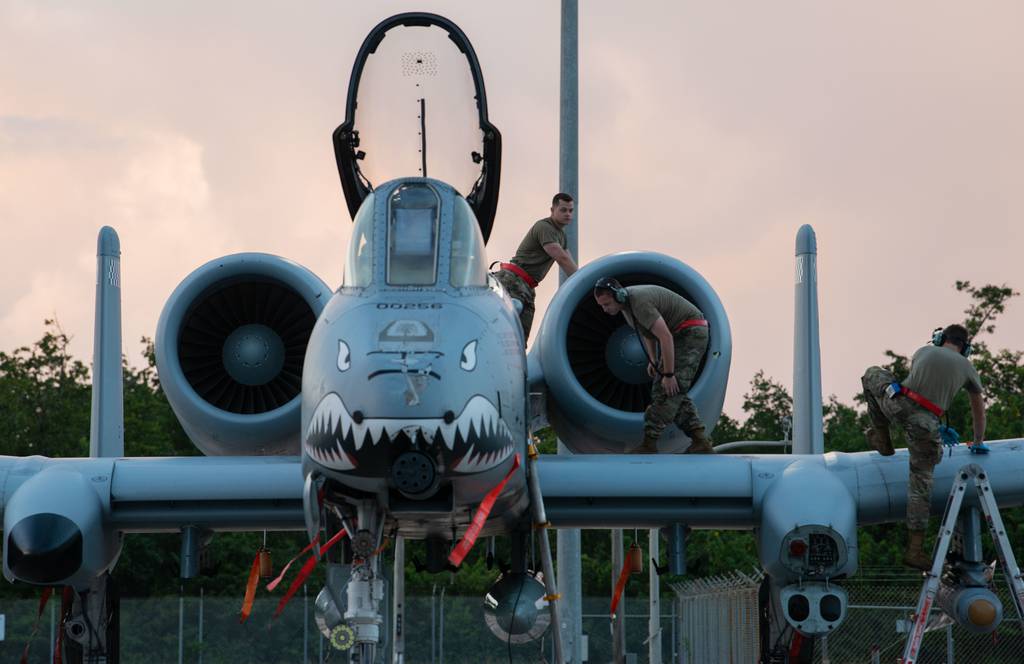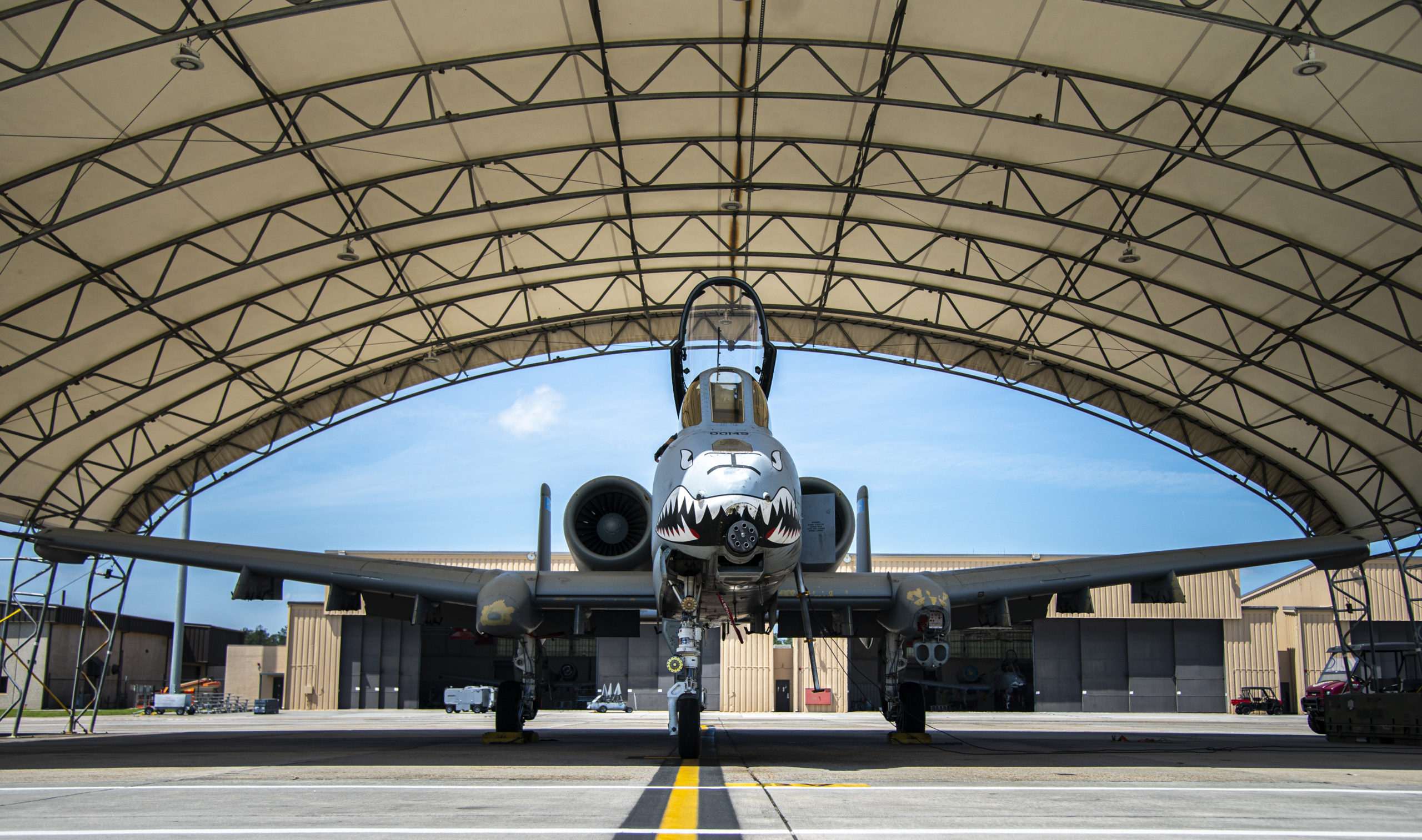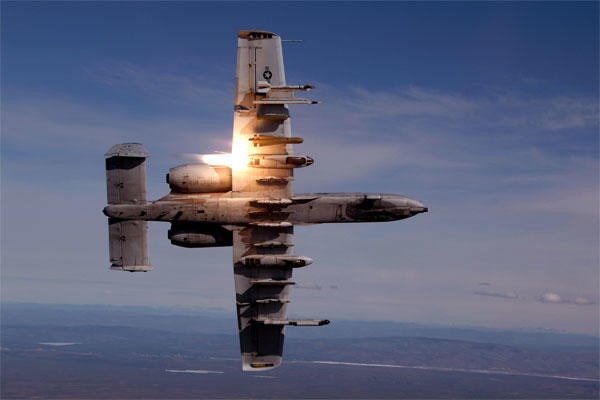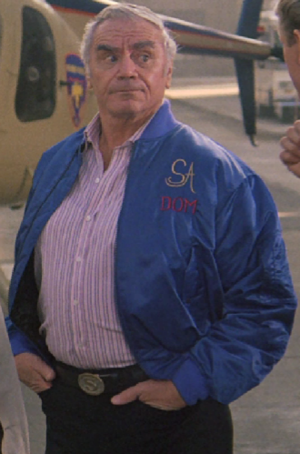Ainen
I really should change my personal text
- Joined
- 25 August 2011
- Messages
- 1,281
- Reaction score
- 1,721
Gun is nothing more and nothing less than a launcher device, which allows us to propel warheads for a small(est) volume of cheap propellant - at the expense of significant firing overloads and stress. It allows the largest number of shots aboard.I didn’t say CAS is outdated I said doing it with a gun run is outdated. And once you make the aircraft standoff at a safer distance, the A-10 brings nothing to the table except slightly lower per hour costs than an F-16.
GAU-8 is simply a 1970s solution from the same era as hydra pods...unless you can make a cheap guided 30mm shell, and come up with how to use this many precision shells onboard. This again points to the plane (built around this gun) simply being outdated.
JDAM requires either overflight at altitude or lobbing at a reasonable speed; both, per Ukrainian experience, are suicidal. More so for A-10, which neither has significant EW + it is simply slow.The A-10C has been upgraded to use the entire JDAM family on top of the original Maverick capability.
What A-10 indeed has special is Sniper+APKWS combination, as it allows both target recognition/spotting from safe distances at low altitudes, and precision strikes against identified targets.
But APKWS is probably too weak for plane lobbing: speed/range of the rocket isn't sufficient. 5" weapon (Zuni?) is far more suitable.
With the standoff lobbing range of guided S-13/Zuni class weapon, multiple passes will be possible once again.





